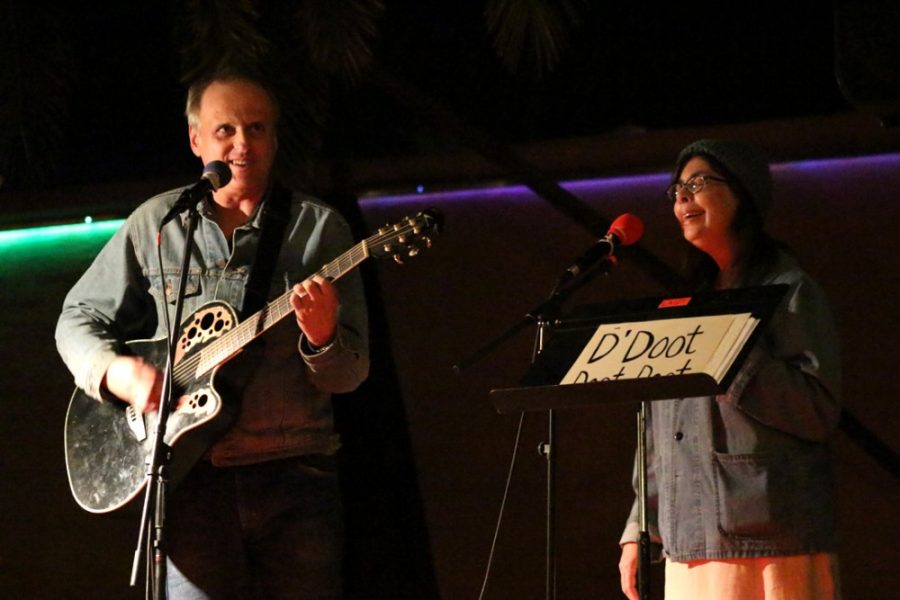The dance floor at the Maker House, located on the corner of Stone Avenue and Franklin Street, will be packed on Tuesday night with blues dancers of all ages. Tucson Blues Dance is a free community program geared toward teaching blues style dancing.
According to the organizers, at around 7 p.m. every Tuesday evening, instructors begin teaching a free blues beginner lesson that lasts for an hour. Dancers do not have to bring a partner to engage in the lesson or the dancing. During the lesson, the instructors focus on teaching dancers the fundamentals of blues, providing students with easy and basic steps that will allow them to participate fully and have fun in the open dance section of the night. After becoming familiar with some of the foundational steps and movements, dancers can stay for the open dance time from 8-11 p.m. to hone their skills with various partners.
Over three years ago, an appetite for blues dancing began to emerge among Tucson residents, which led to the creation of Tucson Blues Dance organization. Before moving to its current location at Maker House, where it has been for over a year, organizer Rosanne Crago said Tucson Blues Dance met at Chicago Bar. Its mission statement, which can be found on its Facebook page, reads, “Our mission is to promote Blues social dancing in Tucson in a welcoming, inclusive atmosphere full of joy, where the Blues dancing community grows in numbers as well as skill level, and connection to your partner and the music is what matters most.” Candice Hill, another organizer, said Tucson Blues Dance is operated solely by volunteers who are committed to sharing their knowledge of the blues and passion for the art with their community.
Along with weekly lessons and open dance sessions, Tucson Blues Dance holds a special event once a month referred to as Desert Moon Blues. Blues dancers come from all over Arizona to dance to live music that isn’t offered on Tuesday nights and to socialize with other dancers. The event is usually held the third Saturday of every month and costs $5.
Occasionally, Tucson Blues Dance will have workshops and guest instructors come in to share their expertise on the blues. Currently, the organization is using its tip jar to fundraise for the costs of bringing in a national blues instructor, organizer Eric Gonzalez said.
Crago emphasized how the blues brings people of very different backgrounds together. Blues can be danced to a variety of music genres, so the organization plays a refreshing mixture of traditional and alternative styles during the open dance session. Crago said she appreciates the artistic facet of blues dancing.
“Blues is my favorite style of dance, because there is a lot of freedom to express myself,” Crago said. “It is a great outlet for creativity.”
It is a common misconception to think that blues and swing dancing are one and the same. However, Crago and Gonzalez explained that blues is its own style. Although it differs from region to region, blues is known for being more improvisational.
Dancers assume a more informal and casual stance rather than a rigid one. In lessons, dancers are encouraged to immerse themselves in the music, allowing their bodies to manifest the accents and nuances of the rhythm. The music acts as a unifying force that establishes the palpable connection between dance partners.
Above all, the Tucson Blues Dance organizers made it clear that the community aspect of their operation is their central focus.
Gonzalez has rarely missed a Tuesday since its inception and he said that the friendships he has made on Tuesday nights extend far beyond the dance floor. Organizers go out of their way to make newcomers and regular attendees feel safe and welcome.
“I come because of the community,” Gonzalez said. “It is definitely the centerpiece of this dance scene. I have been through a lot of things in my life, and the friends that I have made through the community and learning to express myself through the blues has helped me cope and keep me here.”
_______________
Follow Madison Scavarda on Twitter.









